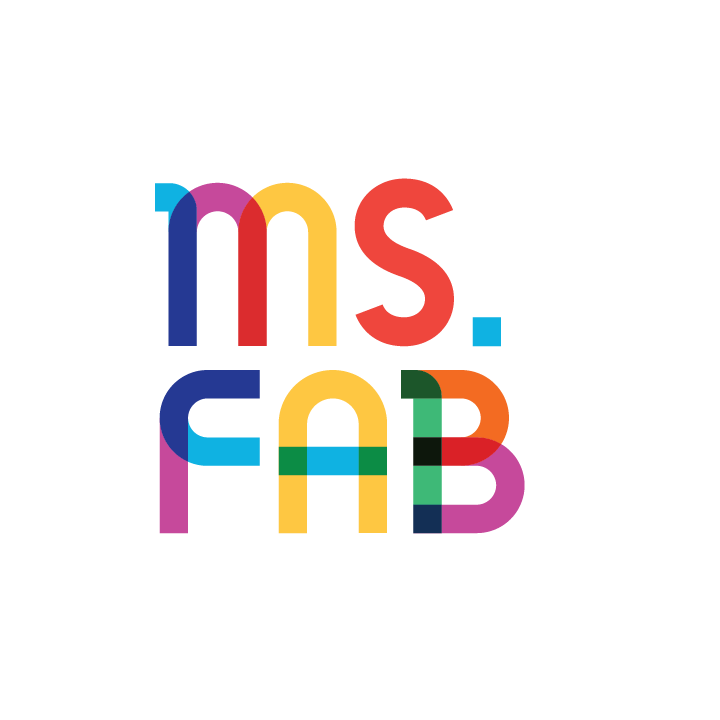Thinking in Bets
Great thinkers are great gamblers.
They are constantly thinking in bets and using probabilities.
Let’s talk about why thinking in bets makes such a big difference, and how to help kids use good decision-making processes.
Tough choices require prospective thinking.
They make us consider the future.
Marriage, voting, investing, parenting, jobs—all the important decisions in life force us to think about how things will unfold.
The problem? The future isn’t certain.
In ten years, the world will look much different than any of us can imagine.
So, how do we make good choices when we’re not sure how things will play out? And how do we help our kids use good decision-making processes?
First, let’s do an exercise created by Annie Duke, former professional poker player and author of one of my favorite books, Thinking in Bets.
Think about your best decision last year.
Got it? Good.
How did that decision turn out?
Good
Bad
Average
If you’re like most people, then you picked a decision that ended well.
Why? because we tend to judge choices based on outcomes.
But that’s a problem that Annie Duke calls resulting.
In her book, Thinking in Bets, she uses the example of the Seahawks in the 2015 Super Bowl.
Coach Carroll called for a pass at the end of the game. The Patriots intercepted and won. So many people hated Coach Carroll because of the bad ending, but it was actually a good choice.
In fifteen seasons, only 2% of passes were intercepted in that situation!
We shouldn’t use results to judge our decisions. Luck plays too big of a role.
Instead, we should focus on what we can control.
We should focus on our decision-making process.
So, how can we help our kids use good decision-making processes?
Let’s discuss 4 lessons every kid should learn, and every adult should remember:
1. Think in probabilities, not absolutes
We naturally think in black and white, but life is much more complicated.
Resist saying “that’s guaranteed,” and use percentages instead.
The faster we learn that the future may go many different directions, the better!
2. Keep your mind open
As Philip Tetlock says, great decision makers are like foxes —they’re nimble, flexible, and adaptable.
It’s easy to always use one big idea to interpret the world, but practice the opposite. Try using many different perspectives before you settle on an answer.
3. Work in groups
We all have biases we can’t escape on our own.
The solution?
Build a team of thinkers with your friends! Point out mistakes you see in each other. Ask hard questions, and hold each other accountable.
4. Update your beliefs
Treat each decision like a little test.
How did that go? What did I learn? How can I improve next time?
Of course, some choices are too big to experiment with, but you can use most decisions as chances to learn and improve your thinking.
If you haven’t already, check out Annie Duke’s amazing book, Thinking in Bets.
She covers these tips—and so much more!
I explore ideas like this in Fab Fridays, my newsletter on childhood education and new ways to learn.
Subscribe below!



